Classification of Tissues Worksheet
Are you a biology student looking for a comprehensive worksheet to help you understand the classification of tissues? Look no further! In this blog post, we will explore the importance of worksheets in studying complex subjects like tissue classification and how they can benefit you in grasping the intricate details of this topic.
Table of Images 👆
More Other Worksheets
Kindergarten Worksheet My RoomSpanish Verb Worksheets
Cooking Vocabulary Worksheet
DNA Code Worksheet
Meiosis Worksheet Answer Key
Art Handouts and Worksheets
7 Elements of Art Worksheets
All Amendment Worksheet
Symmetry Art Worksheets
Daily Meal Planning Worksheet
What is the classification of tissues based on their structure?
Tissues can be classified based on their structure into four main types: epithelial tissue, connective tissue, muscle tissue, and nervous tissue. Epithelial tissue covers and lines body surfaces, forming barriers and facilitating absorption and secretion. Connective tissue supports and binds other tissues together, providing structural integrity and elasticity. Muscle tissue enables movement and is made up of contractile cells. Nervous tissue is responsible for transmitting and processing nerve impulses, supporting communication and control throughout the body.
What are the main types of epithelial tissue?
The main types of epithelial tissue are simple squamous, simple cuboidal, simple columnar, pseudostratified columnar, stratified squamous, stratified cuboidal, stratified columnar, and transitional epithelium. Each type of epithelial tissue serves different functions in the body, such as protection, absorption, secretion, and sensation.
What are the functions of connective tissue?
Connective tissue functions to provide support and structure to the body, bind together and protect organs, store energy in the form of fat, transport nutrients and waste products, and aid in the repair and healing process of the body. Additionally, connective tissue plays a role in immunity, helping to defend against pathogens and inflammation.
What are the different categories of muscle tissue?
There are three main categories of muscle tissue: skeletal muscle, cardiac muscle, and smooth muscle. Skeletal muscle is attached to bones and responsible for movement; cardiac muscle is found in the heart and helps pump blood; and smooth muscle is located in the walls of internal organs and blood vessels, controlling involuntary movements like digestion and blood flow.
What is the role of nervous tissue?
Nervous tissue plays a crucial role in the body's communication system as it is responsible for transmitting electrical impulses and coordinating the body's responses to stimuli. It is the main component of the nervous system, which includes the brain, spinal cord, and nerves, allowing for sensory perception, motor function, and cognitive processes to occur. Nervous tissue also helps regulate various bodily functions and maintain homeostasis through the integration and interpretation of information from the environment.
How are tissues classified based on their function?
Tissues are classified based on their function into four main categories: epithelial, connective, muscle, and nervous tissues. Epithelial tissues are involved in protection, absorption, secretion, and sensation. Connective tissues support, bind, and protect other tissues and organs. Muscle tissues are responsible for body movement and include skeletal, smooth, and cardiac muscles. Nervous tissues transmit electrical signals and are found in the brain, spinal cord, and nerves. Each tissue type plays a distinct role in the overall function of the body.
What are the characteristics of simple squamous epithelium?
Simple squamous epithelium is a single layer of flattened cells with a centrally located nucleus. It is characterized by its thin and delicate structure, allowing for rapid diffusion and filtration. These cells are tightly packed, providing a smooth and slippery surface for substances to pass through. Simple squamous epithelium is found in areas where passive transport and filtration are important, such as blood vessels, air sacs in the lungs, and the lining of the heart and kidneys.
What are the characteristics of dense fibrous connective tissue?
Dense fibrous connective tissue is characterized by its tightly packed collagen fibers that provide strength and durability. It has relatively few cells, mainly fibroblasts, and lacks a substantial amount of ground substance. This type of tissue is found in tendons and ligaments, forming strong attachments between muscles and bones or bones and bones, providing structural support to the body.
What are the functions of smooth muscle tissue?
Smooth muscle tissue functions to help move substances through internal body channels, such as the digestive tract and blood vessels, control the diameter of these vessels and airways, provide support for hollow internal organs like the bladder and uterus, and help regulate processes such as blood flow, digestion, and urination. Additionally, smooth muscle tissue plays a role in posture and shivering to generate heat in the body.
What are the major types of nervous tissue cells?
The major types of nervous tissue cells are neurons and neuroglia. Neurons are the primary functional units of the nervous system, responsible for transmitting electrical and chemical signals throughout the body. Neuroglia, also known as glial cells, support and protect neurons, aid in their function, and provide structural support. Neuroglia include various types such as astrocytes, oligodendrocytes, microglia, and ependymal cells, each with specific roles in maintaining the health and functioning of the nervous system.
Have something to share?
Who is Worksheeto?
At Worksheeto, we are committed to delivering an extensive and varied portfolio of superior quality worksheets, designed to address the educational demands of students, educators, and parents.





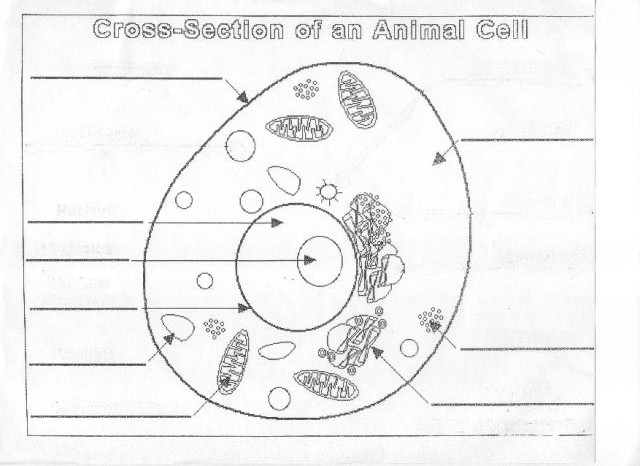

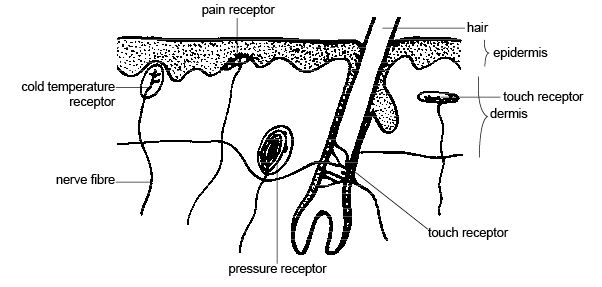
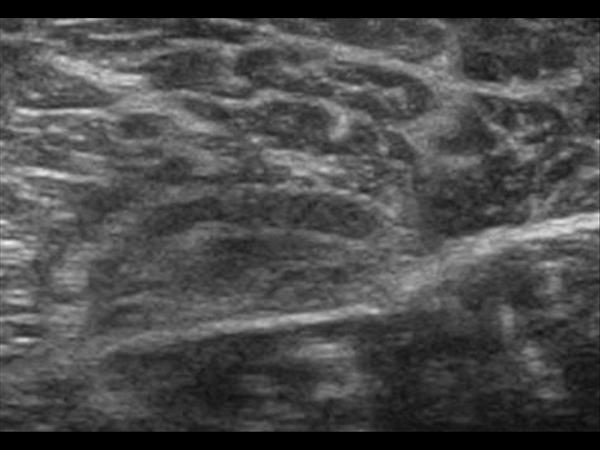

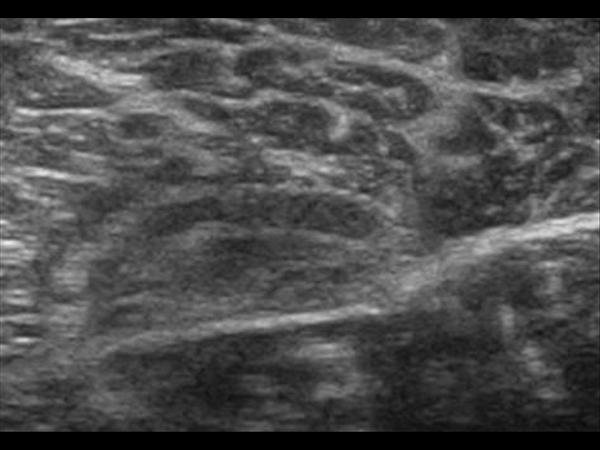
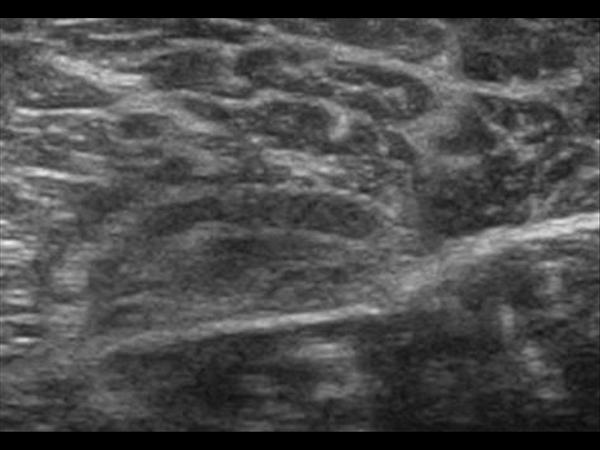
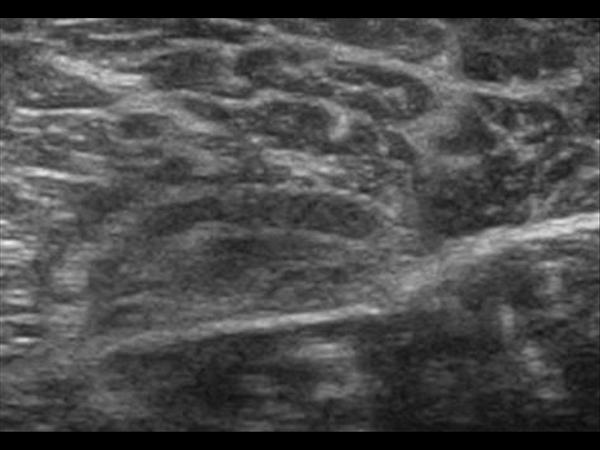
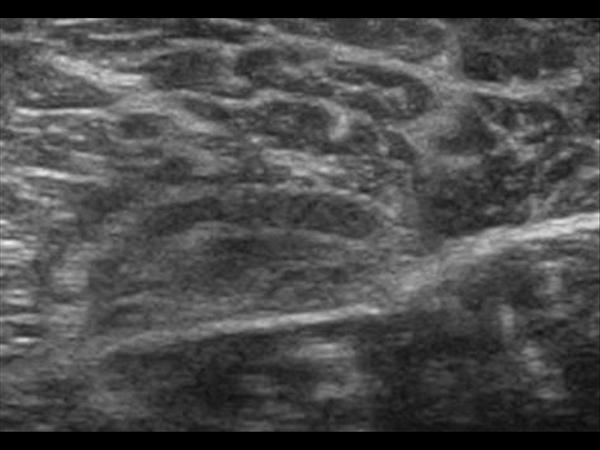
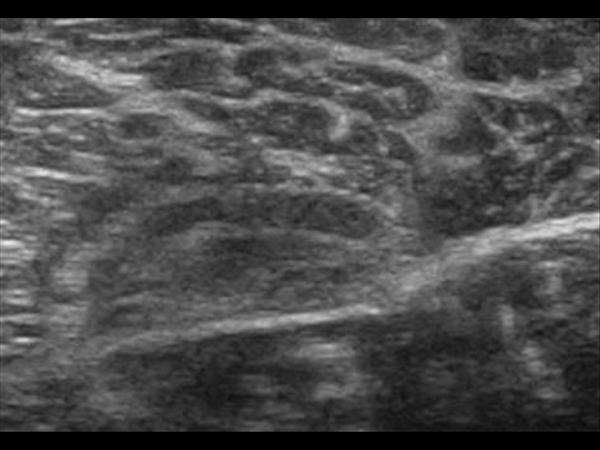
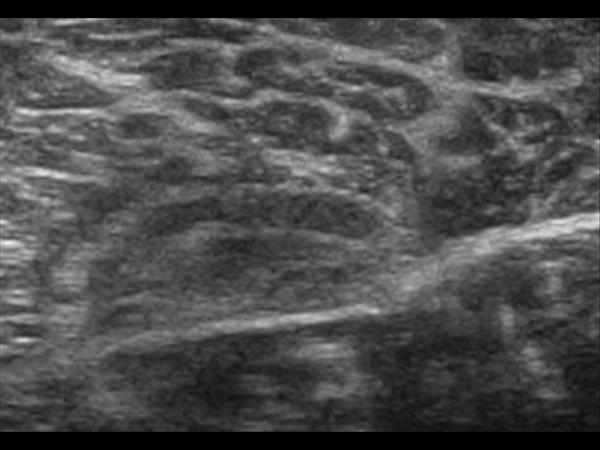
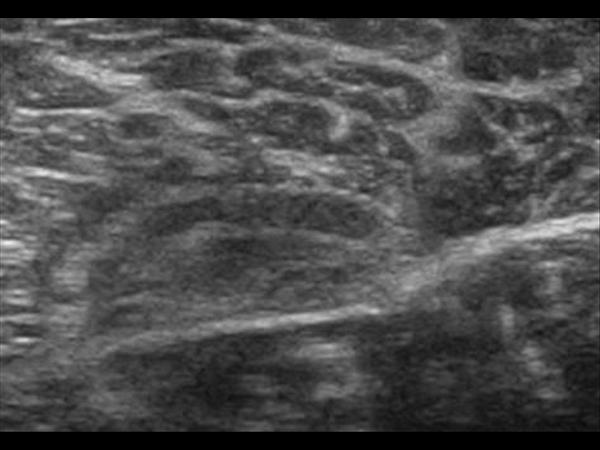
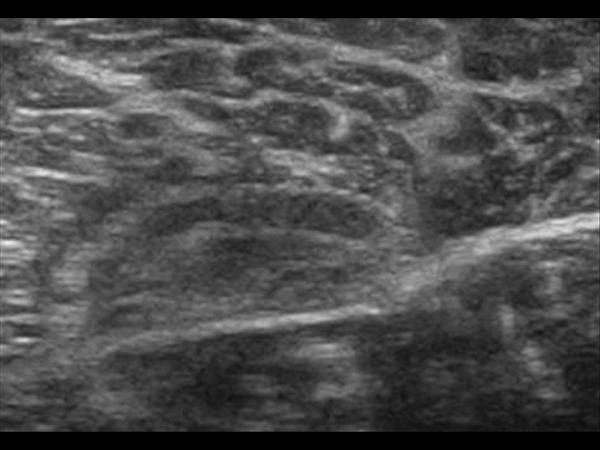

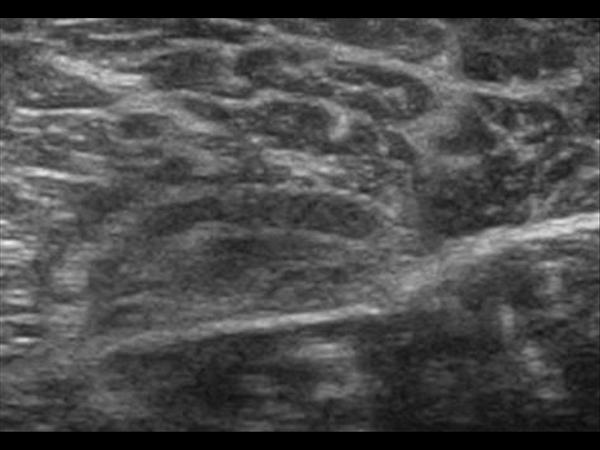
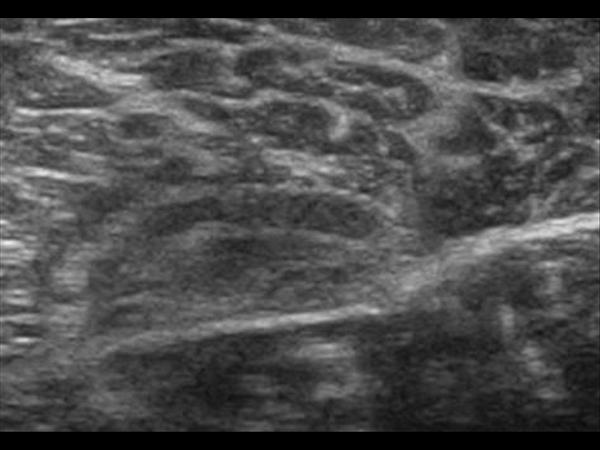














Comments